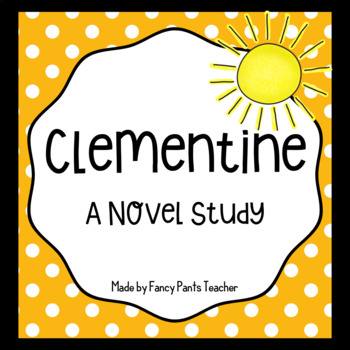We've all been there- just getting into the swing of the school year, finally confident in all your students' names and they're all getting the routines when suddenly you wake up at two in the morning with a violent stomach bug.
Teaching is wonderful for a lot of reasons, but the number of germs swirling around my workplace every day is not one of them.
Sub plans are a pain no matter what you teach. I'd almost always rather be at school than get a sub, but sometimes there's no option. But sub plans can be especially complicated when your students speak very limited English and you're counting on the sub lottery to bring you someone halfway decent this time (we've had a sub drought this year and some of them have been truly terrible).
So what do you do? Here are a few tips and tricks I've found over the years that have made my sick days more productive for my students and less stressful for my subs:
1. Explicitly tell the sub in the plans to let students translate for each other and help each other.
More than once I've come back from being absent to hear my students complain that the sub wouldn't let them talk or explain the directions to one another. I'm not sure why, but some subs seem to be under the impression that the ESL classroom should be silent and assessment-like. I always start my sub plans with "These students are still learning English, so please let them help each other! They are welcome to translate or explain directions to each other, as long as they are respectful to you and trying to listen while you are talking."
2. Have a routine the students could do in their sleep, and have them do it with the sub.
We do calendar and morning work the same way every single day in my lowest English proficient class. In my sub plans, I tell them one of my most helpful and proficient students' names and say "Have [student] lead calendar and sharing time, then pass out the morning work. They will know what to do with it."
3. Have more activities than the sub could possibly get through.
I usually scour TPT for resources and then run off two more than I could get through in a class. I also always include a read aloud on sub days, because the subs like them, they are good instruction in comprehension practice, and they take up a lot of time.
4. When all else fails, have them read.
Lots of research shows that language learners need more time to interact with text in their target language and we're always pressed for time to get through our curriculum and standards, so I don't always give them enough free voluntary reading time. Sub days are a great time to make up for it! Have procedures in place that the students are familiar with beforehand (can they choose any book or only from a certain shelf? Do they have to stick with the same book the whole time, or can they change if they decide they're bored? etc.).
I'm working on finalizing a copy of the sub plans that I used with my students last week when I got to go to the beach (it was great!) to put on TPT, so keep an eye on my store for those.
What other recommendations do you have for subs with low proficiency language learners?





























